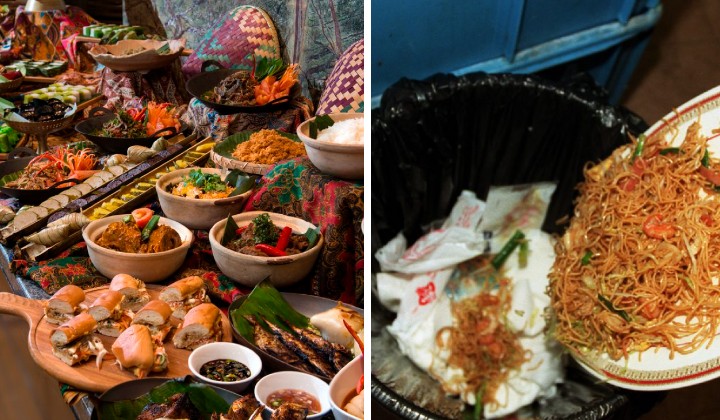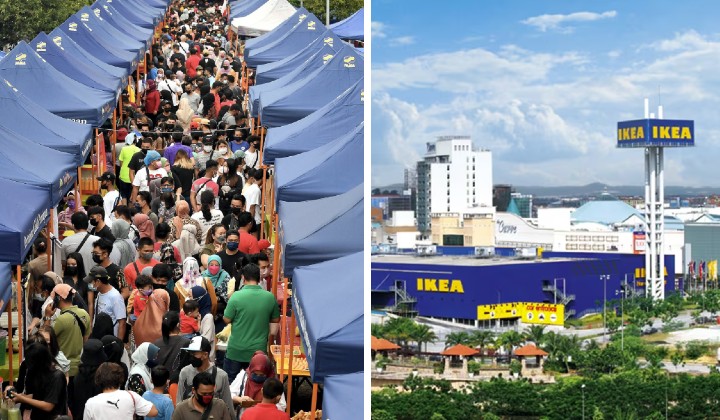World Environment Day: Simple Ways To Incorporate Sustainability Into Your Everyday Life
Here are simple and meaningful ways to incorporate sustainability into your daily lives, through your different interests and hobbies!

Subscribe to our Telegram channel or follow us on the Lumi News app for the latest stories and updates.
When it comes to creating a positive impact on the environment, tiny gestures can go a long way. Living more sustainably does not need to be a larger-than-life endeavour. It can start small and with the things that you do every day at home.
In celebration of World Environment Day, here are simple and meaningful ways we can incorporate sustainability into our daily lives, through our different interests and hobbies!
Reducing waste in the kitchen, and at home



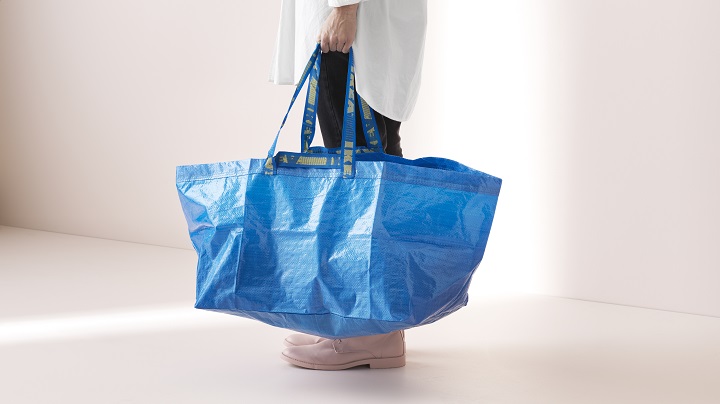
For those with a passion for cooking – simple changes to the way we prepare or dispose of our food can help make our kitchen a more sustainable space. Starting a home garden is a good place to start.
Instead of buying herbs and vegetables from the grocery store, you can save time and reduce waste by growing your own at home.
It’s easy to throw away leftover food and ingredients (out of sight, and to the landfills) – but a more sustainable way to go about it is to recycle them into compost, or store leftovers in the fridge using airtight and leak-free containers to enjoy for your next meal.
We use and waste more resources at home than we realise. Opting for products that you can reuse many times can reduce the amount of waste you create – like using food covers to lessen one-off use of plastic wraps and foils, or bringing your own bag on your grocery run.
Another game-changer would be switching to rechargeable batteries to power your portable speaker, mouse, or camera. That way, you rarely need to buy new ones or discard them after every use.
Love your furniture for longer


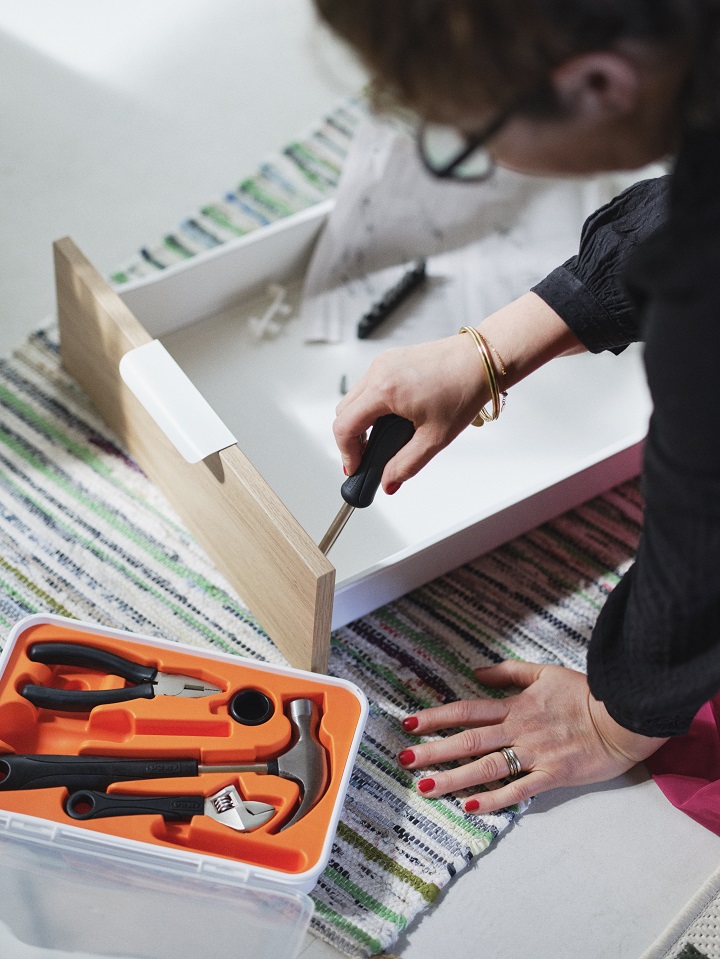
We all love sprucing up our living space once in a while – DIY and home décor enthusiasts included! There’s a lot that we can do sustainably for little cost or effort, to make our space feel brand new.
Look at the space you’re working with and see what you can repair, reuse, or recycle. Sometimes, all your furniture needs is a fresh lick of paint. Instead of replacing your entire sofa, see if changing the soft furnishings like cushion and sofa covers can help achieve the look you’re going for. That wobbly chair? Perhaps a quick fix is all it needs.
If that doesn’t do the trick, give your pieces a new lease of life by donating them or selling them as second-hand items. Doing so will help reduce the number of furniture sent to landfills. When shopping for replacements, why not opt for furniture made and sourced from more sustainable materials?
Start your own recycling station at home

If you love organising, it’s time to take it to the next level. Creating a waste sorting system can help you manage your household waste like packaging, paper, glass and more. Not to mention, it keeps your home tidier and makes daily recycling easy and intuitive.
Turn it into a fun personal project – have dedicated containers for each recyclable material, and stack them up at a spare nook in your home. This can be your very own home recycling station. Once they’re full, you can make a quick trip to the nearest recycling centre, and less waste goes to the landfill.
Try out a more sustainable diet
Did you know that there are ways to eat more sustainably too? Opting for certified products lets you know that they are sourced and produced sustainably – from the coffee you drink, to the seafood you eat.
The protein choices we make also have an impact on the environment. Plant-based foods need fewer resources, less water and less land to feed just as many. The newly launched IKEA Plant Ball, for instance, contains only 4% of the classic meatball’s climate footprint.
Save energy
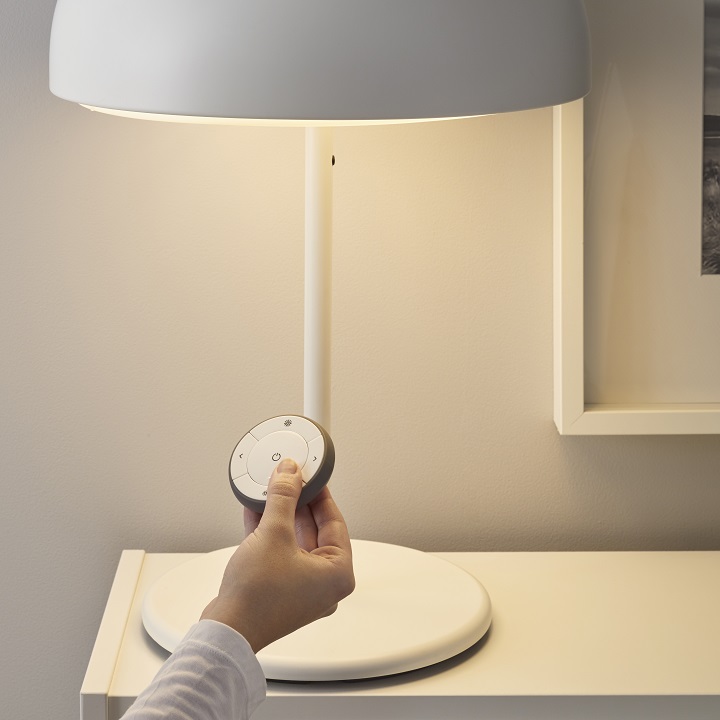
There are many ways to be more energy efficient at home. If you’re a night owl or tend to have your lights on for long hours – be it for work, to study or read your favourite books – switching to LED bulbs can help you save electricity at home.
They consume less energy than traditional incandescent bulbs, and last longer – giving you extra hours of usage.
Take a step further by opting for smart LED bulbs. You can adapt lighting for different activities – for cosy dinners with friends or when you’re getting some work done – by choosing different colours and adjusting the brightness and temperature.
The option to dim the lights will also help save electricity as less energy is consumed.
IKEA aims to enable people to live healthier and more sustainable lives at home. For more inspiration on sustainable living, visit ikea.my.
Share your thoughts with us via TRP’s Facebook, Twitter, and Instagram.



